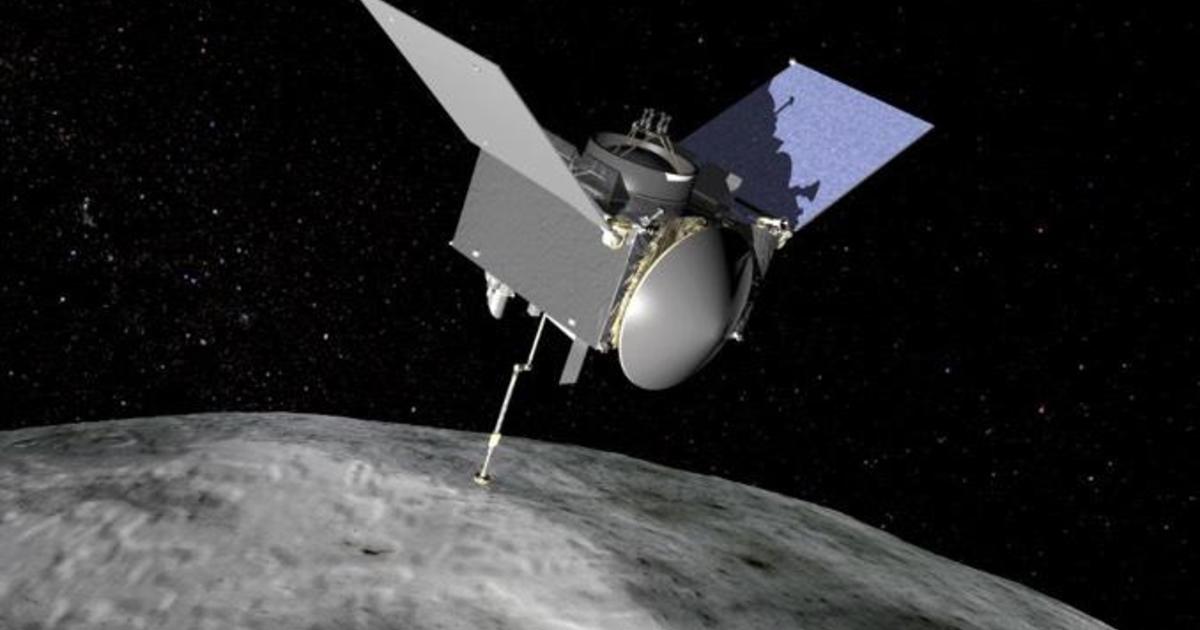
New Delhi : Going to space is one thing and bumping to foreign material is another with its whole lot of complications and risks. It has been learned that NASA is planning a bump of its spacecraft with asteroid named Bennu to collect some sample for study.
The spacecraft will approach the asteroid some 334 million kilometres away from Earth with an aim to touch its surface for a few seconds. In the process, the Nasa spacecraft is expected to collect a handful of rubble. The craft will then fly the “carbon-rich” pebbles back to Earth.
The “Touch-And-Go (TAG) sample collection event” has been scheduled for Tuesday. If this turns out to be successful then this will be a historic moment for NASA. The process will take a total of 4.5 hours, however, the “touching” will be only for 10-15 seconds.
According to a report in the journal, Nature, Nasa’s OSIRIS-REx spacecraft will try to scoop at least 60 grams of rock samples from the asteroid Bennu.
The sample will be used to study the history and formation of solar system.
The van-sized spacecraft is aiming for the relatively flat middle of a tennis court-sized crater named Nightingale — a spot comparable to a few car parking places on Earth. Boulders as big as buildings loom over the targeted touchdown zone.
The Nasa spacecraft will have to move past certain hurdles to make it to asteroid Bennu. The journey won’t be easy. “The spacecraft will have to navigate its way past a towering boulder nicknamed Mount Doom, then onto a sampling area no larger than a few car-parking spaces,” the Nature report said.
“We may not be successful on our first attempt,” the report quoted Dante Lauretta, the mission’s principal investigator and a planetary scientist at the University of Arizona in Tucson, as saying. But if it works, he said, “I hope the world looks at this as a piece of good news – something we can be proud of with all the insanity that’s going on this year.”
“If you could stand in the middle of Nightingale [the target area for the mission], you would feel pebbles and fine-grained sand beneath your feet,” the report quoted Erica Jawin, a planetary scientist at the Smithsonian National Museum of Natural History in Washington DC, as saying.
“Mount Doom would loom above you, roughly the height of a two-storey building, which is “pretty intimidating”, she said.

Leave a Reply